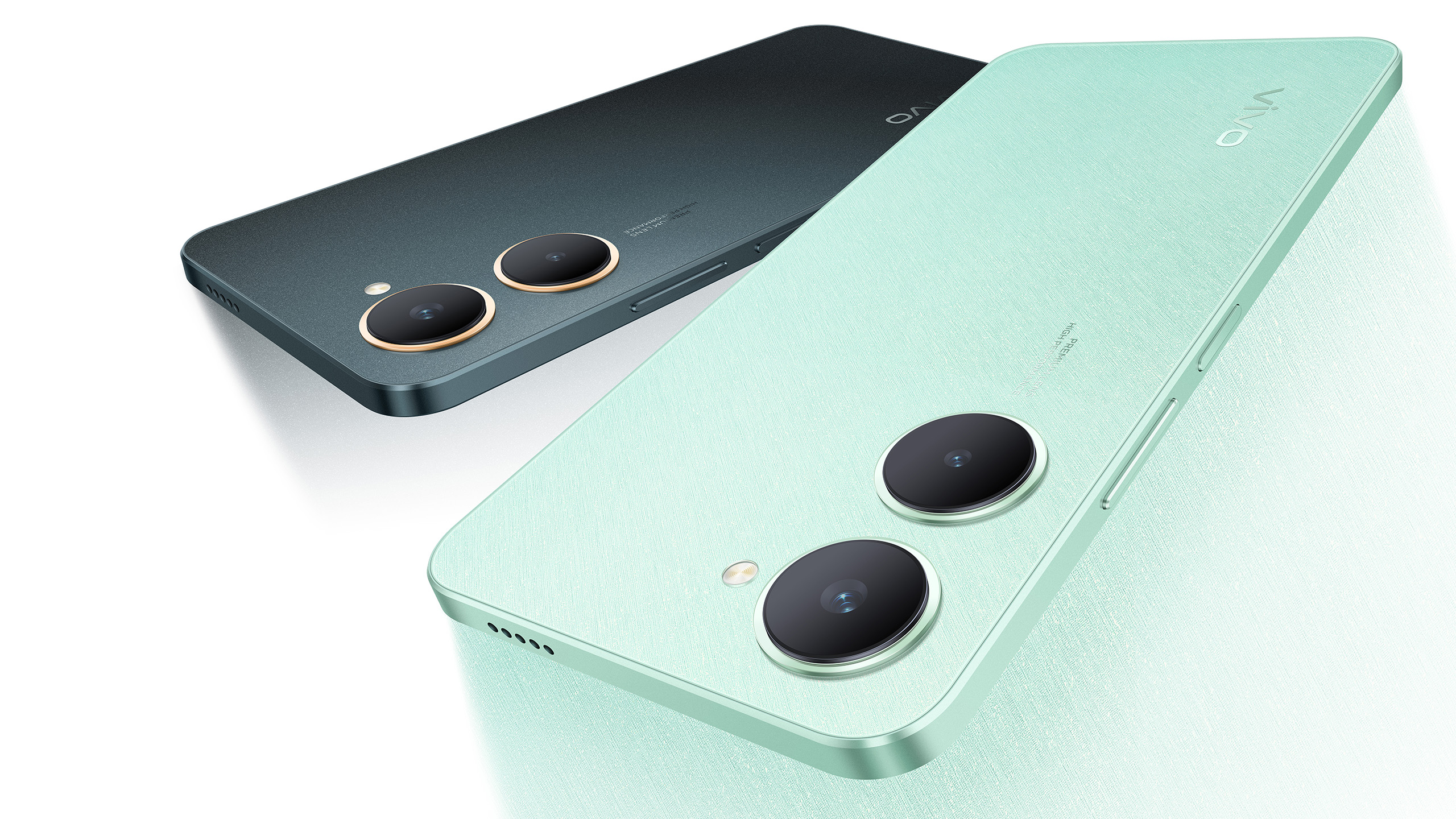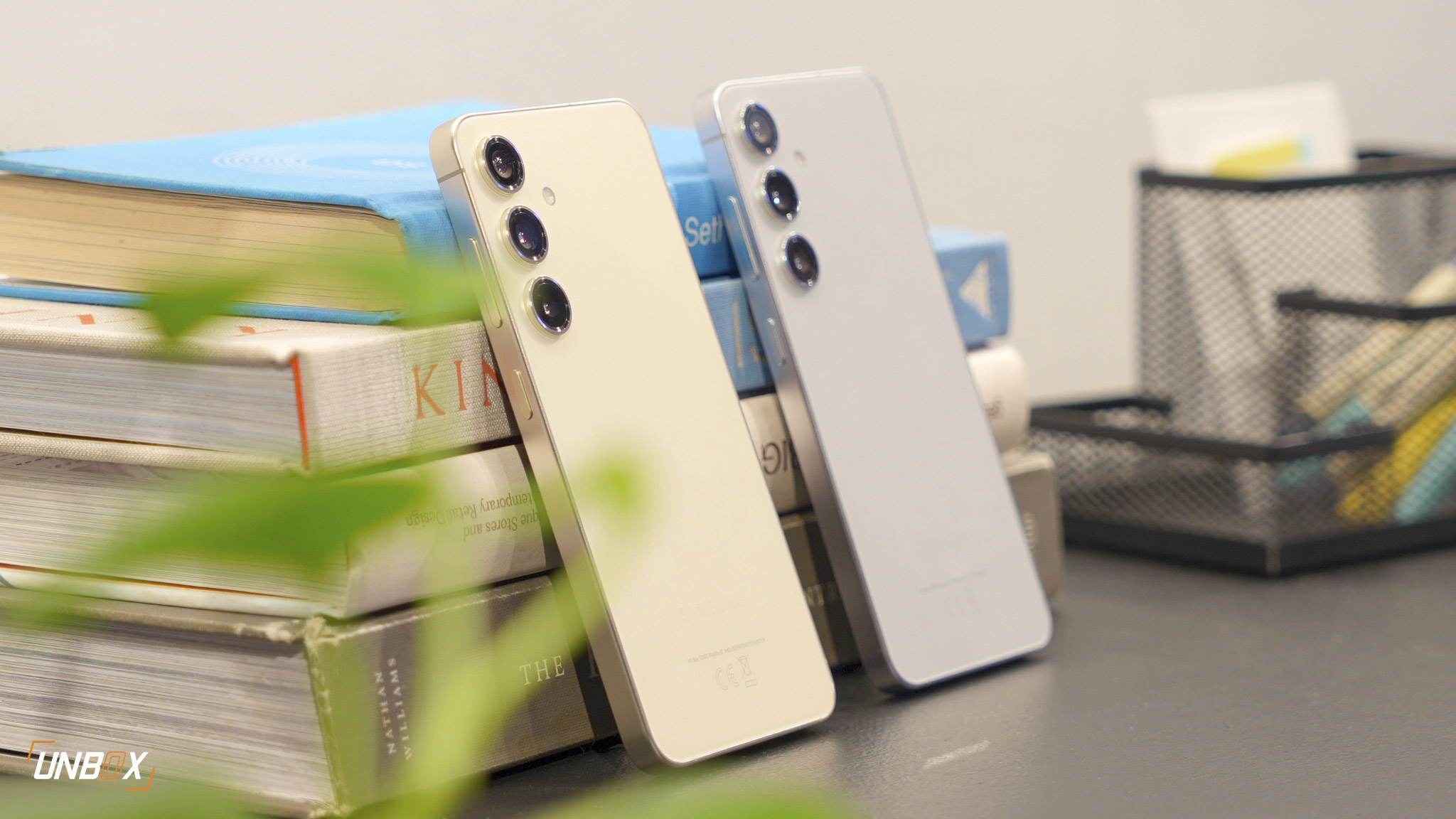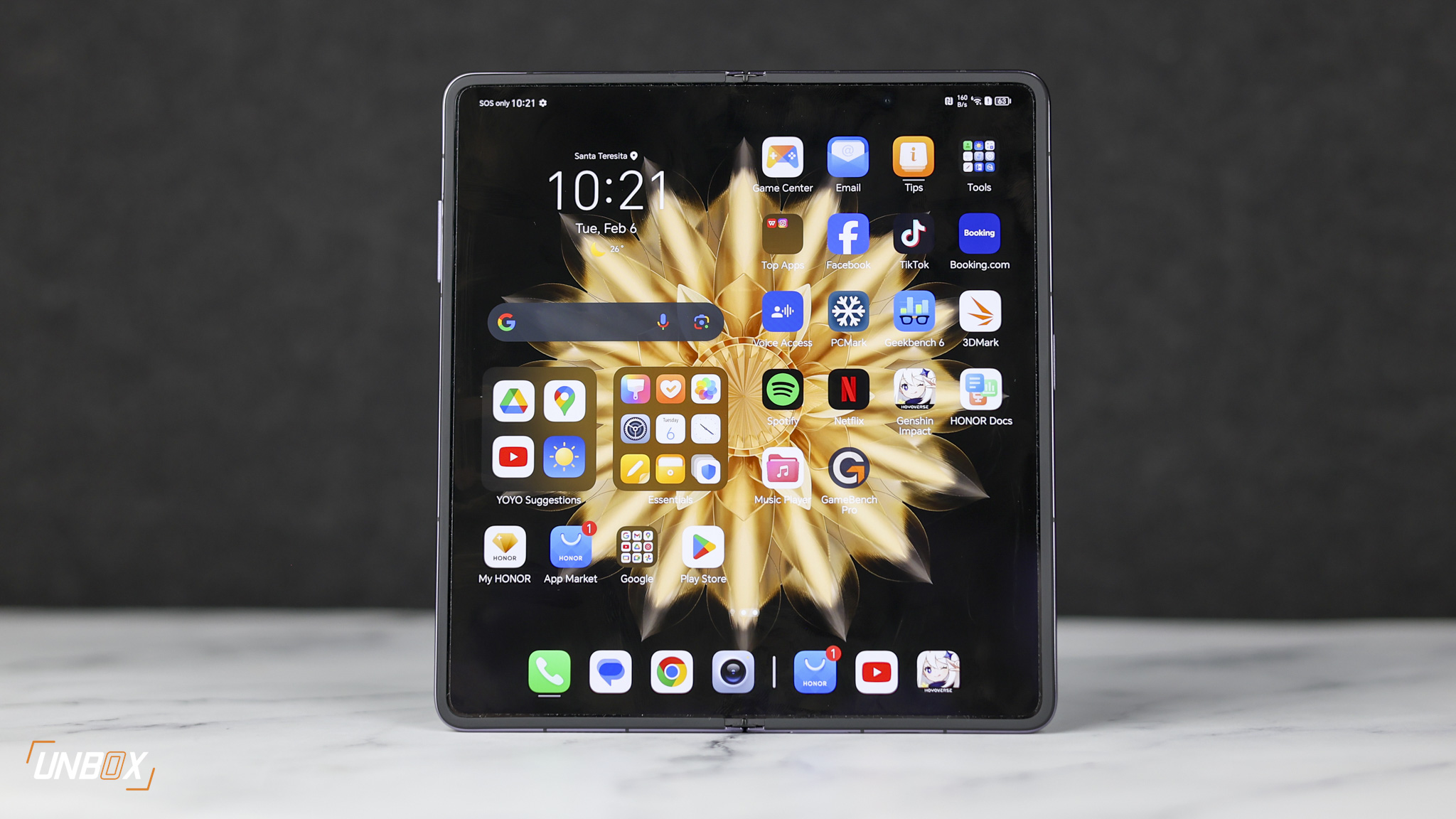We take a look at the Galaxy Book
While Samsung’s Galaxy TabPro S was more or less a one-off, the company has announced a spiritual successor of sorts in the form of the Galaxy Book. The Galaxy Book comes in two versions, and both are aimed squarely at knocking off Microsoft’s Surface at the top of the leaderboard as far as 2-in-1s are concerned. Armed with a 10.6-inch display as well as a keyboard and pen accessory that comes standard when you buy it (at least in other countries), the Galaxy Book is being aimed at people who want Microsoft Surface-like portability and performance with Samsung’s own twist (not to mention official warranty).
Samsung Galaxy Book 10.6-inch
- 7th Gen Intel Core m3 processor, Dual Core 2.6GHz
- 4GB of RAM
- 10.6-inch TFT full HD display, 1920 x 1080 resolution
- 64GB/128GB eMMC storage, expandable via microSD up to 256GB
- 5-megapixel camera
- LTE Cat.6
- WiFi, Bluetooth, GPS, Glonass, USB Type-C
- 30.04W battery
- Windows 10

Initial impressions: light and portable, but may lack the oomph that power users need
Samsung’s Galaxy TabPro S had great things going for it, unfortunately a relatively weak processor and terrible keyboard made it difficult to work with if you were a productivity-focused user. The Galaxy Book intends to change that with a brand-new, redesigned keyboard that pulls double duty as the tablet cover as well as better hardware thanks to Intel’s 7th Generation Kabylake chips.

Unlike Samsung’s other high-end tablets, the Galaxy Book is relatively plain-looking, with the 10-inch version sporting what looks like a plastic body, which is a little disappointing. It’s at least colored silver, which should fool most people from 5 feet away that you’re using a metal-clad tablet.

There isn’t much in the way of ports and connectors for the Galaxy Book, which is pretty much par for the course as far as 2-in-1’s go. There’s a single USB Type-C port that you can plug devices into, though keep in mind this is also the port for power as well. You can theoretically buy a USB Type-C replicator/dongle just like what ASUS did with their own notebooks, but the Galaxy Book didn’t come with one when it was sent to us.

There’s also no rear camera for the 10-inch model with the Galaxy Book, though there’s still a webcam up front for Skype and video call sessions. The loss of a rear camera isn’t such a big deal really since you shouldn’t be using your tablet to take photos anyway – that’s what your phone is for.

The 10.6-inch version of the Galaxy Book sports a full HD TFT display which is a far cry from the 12-inch, Super AMOLED version that sports an HDR-capable panel. The upside is that the 10-inch version should be cheaper than the 12-inch variant when it’s officially announced in the Philippines a few days from now, though unfortunately we don’t have a solid price point to give you as of press time.

Unlike Microsoft’s Surface, Samsung ships the Galaxy Book with a keyboard that acts as a kickstand and cover as well as a stylus when you purchase one. The keyboard is surprisingly easy to type on, despite being understandably cramped. The travel on the keys are similar to what you’d expect on a normal notebook keyboard, which is pretty impressive, given the size of the entire package. On a solid surface like a table or desk, the Galaxy Book is pleasurable to use, though expect rough times when you try to use it on your lap.

The stylus that comes with it is a passive device, which means it’s not as sensitive compared to the ones on the Note 7 (RIP) for example. It’s good enough for general doodling and rough illustration, though pros who want a more sensitive and precise pen need to look elsewhere. There’s no dedicated dock for the pen, so you’ll have to keep track of it religiously if you don’t want it to go MIA when you’re out and about with the Galaxy Book.

The Galaxy Book comes in a variety of configurations. Our review unit had around 64GB of eMMC storage, expandable via microSD up to 256GB, along with 7th Gen Intel Core m3 processor and 4GB of RAM. Windows 10 runs everything, and from our experience the 10.6-inch Galaxy Book is pretty capable of handling most productivity tasks and programs, though you’ll probably not want to run games or any program on it that requires a lot of processing power to run smoothly.

That’s it for this hands on! The Galaxy Book is set to launch later this week, we’ll update this post with official SRPs for the devices once it launches.








